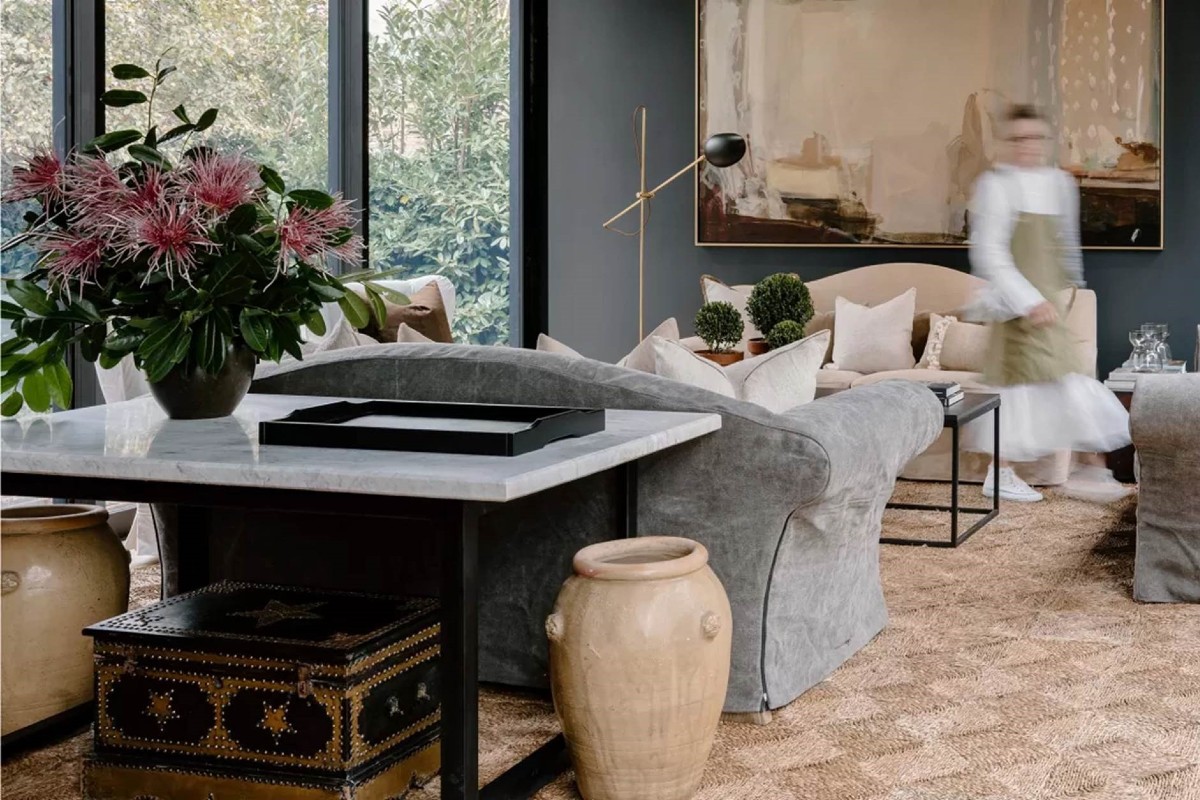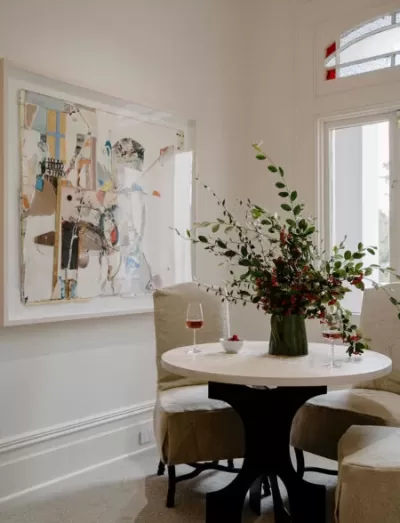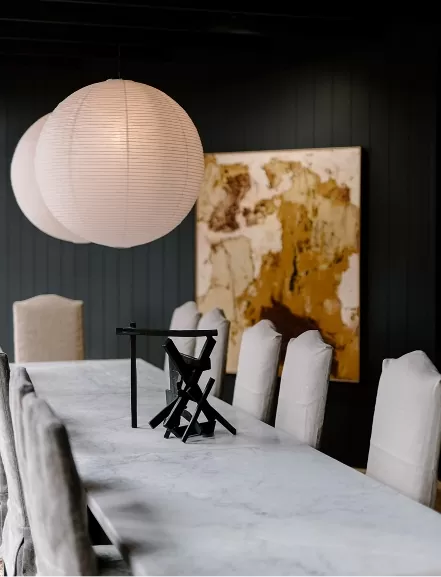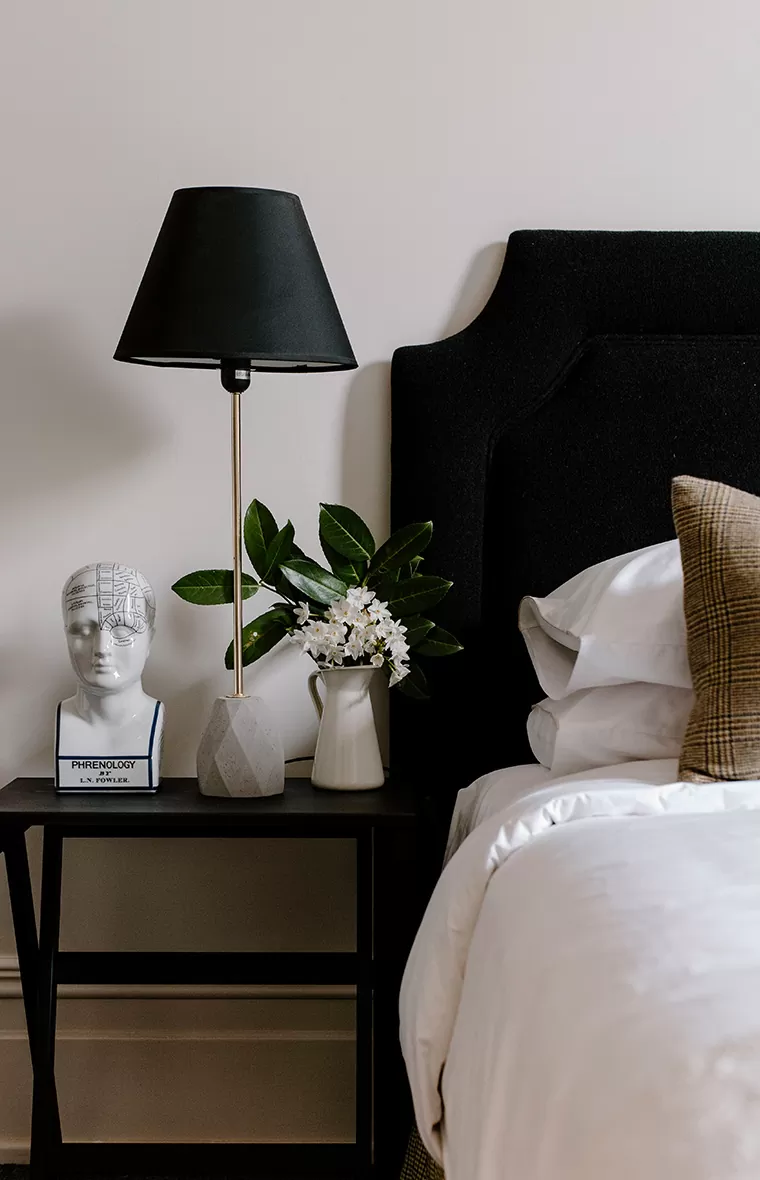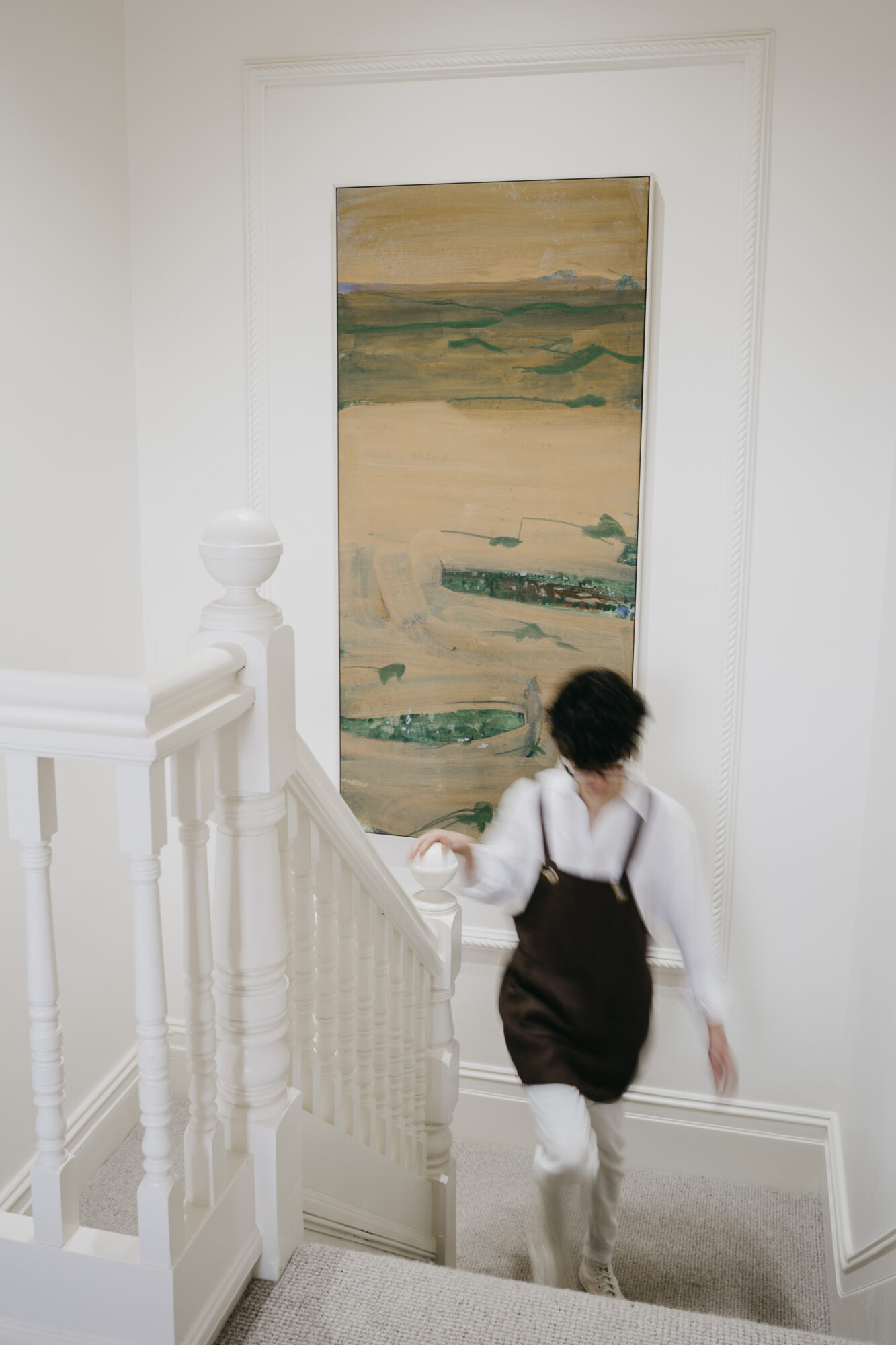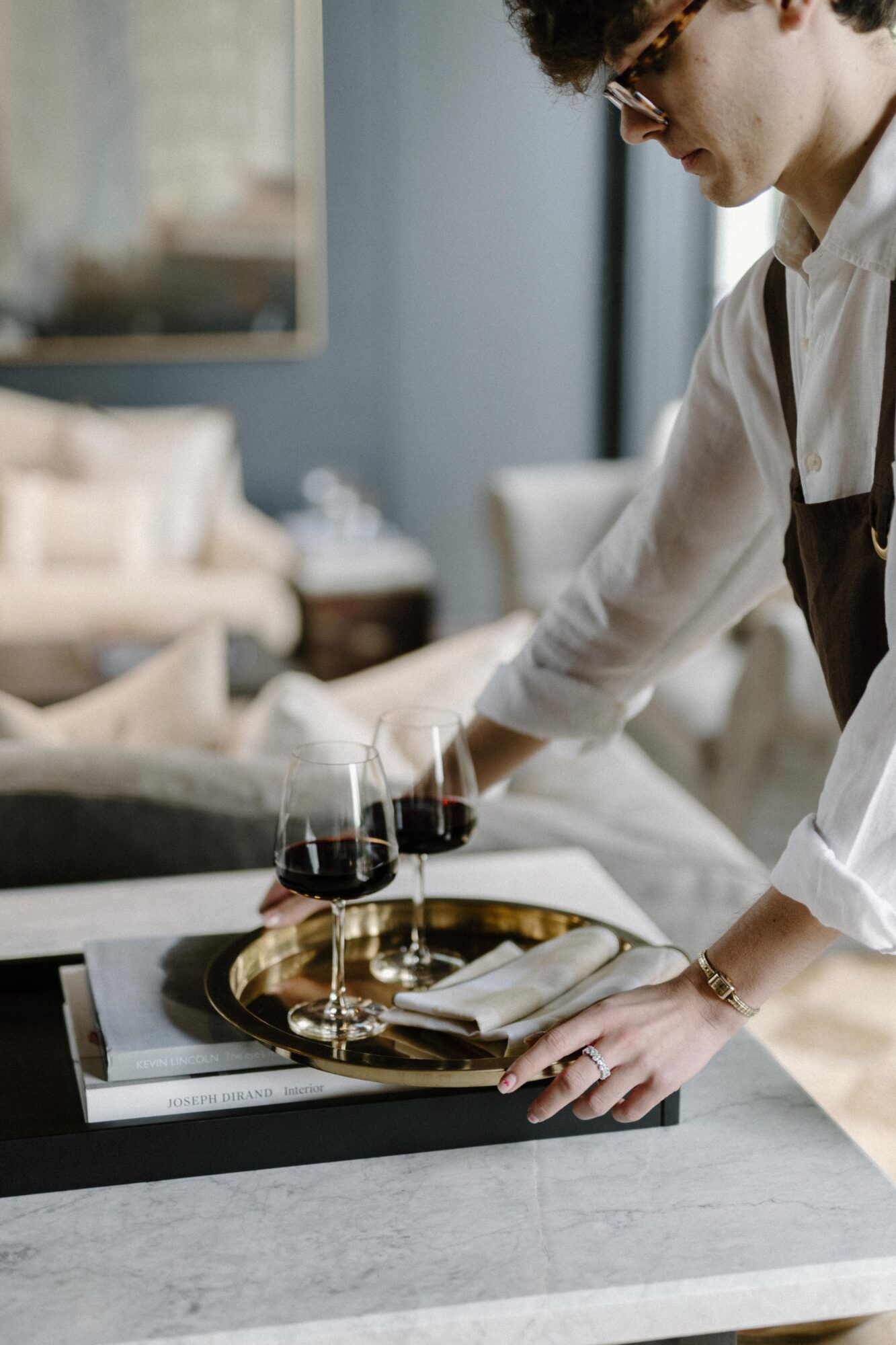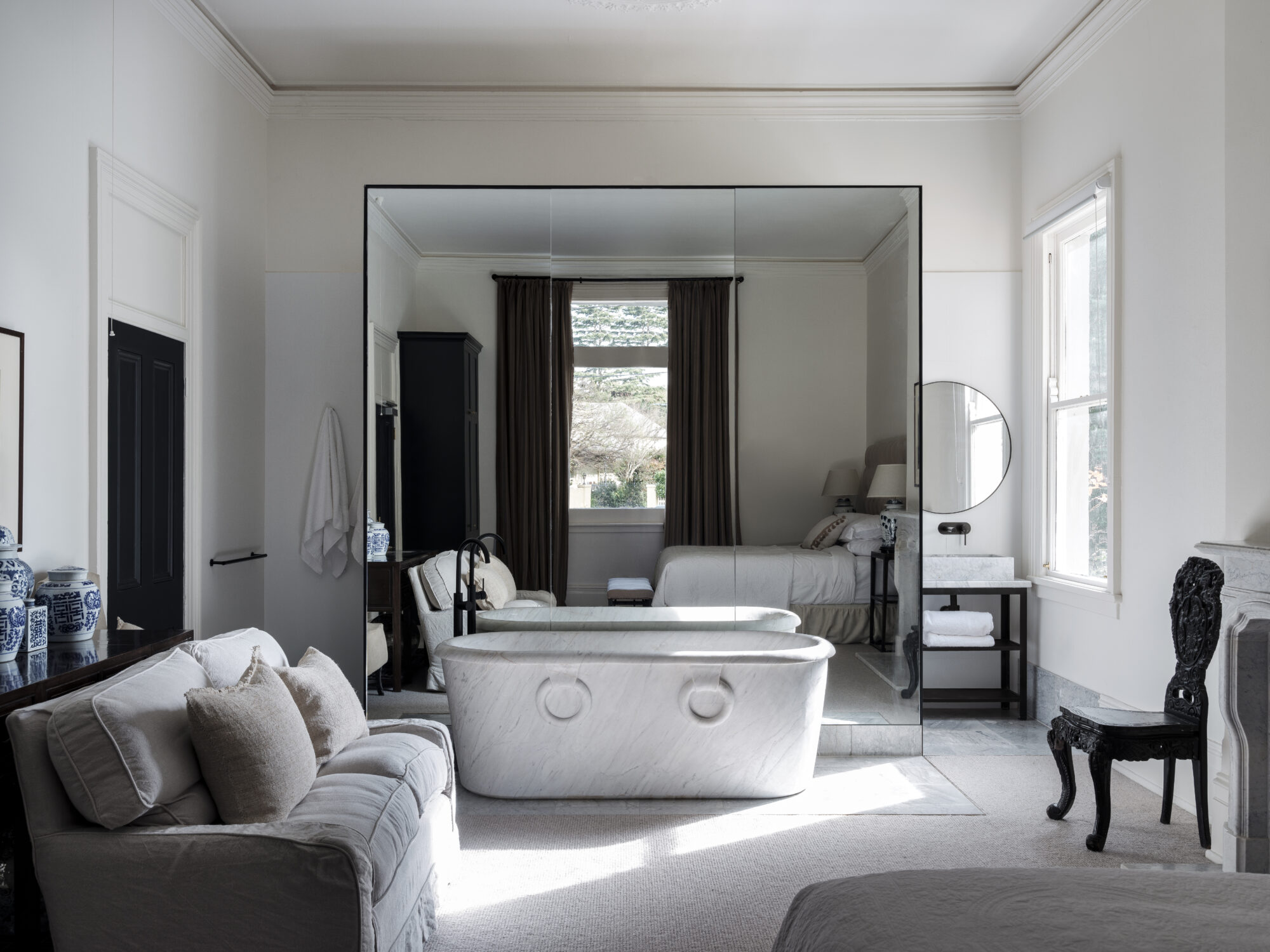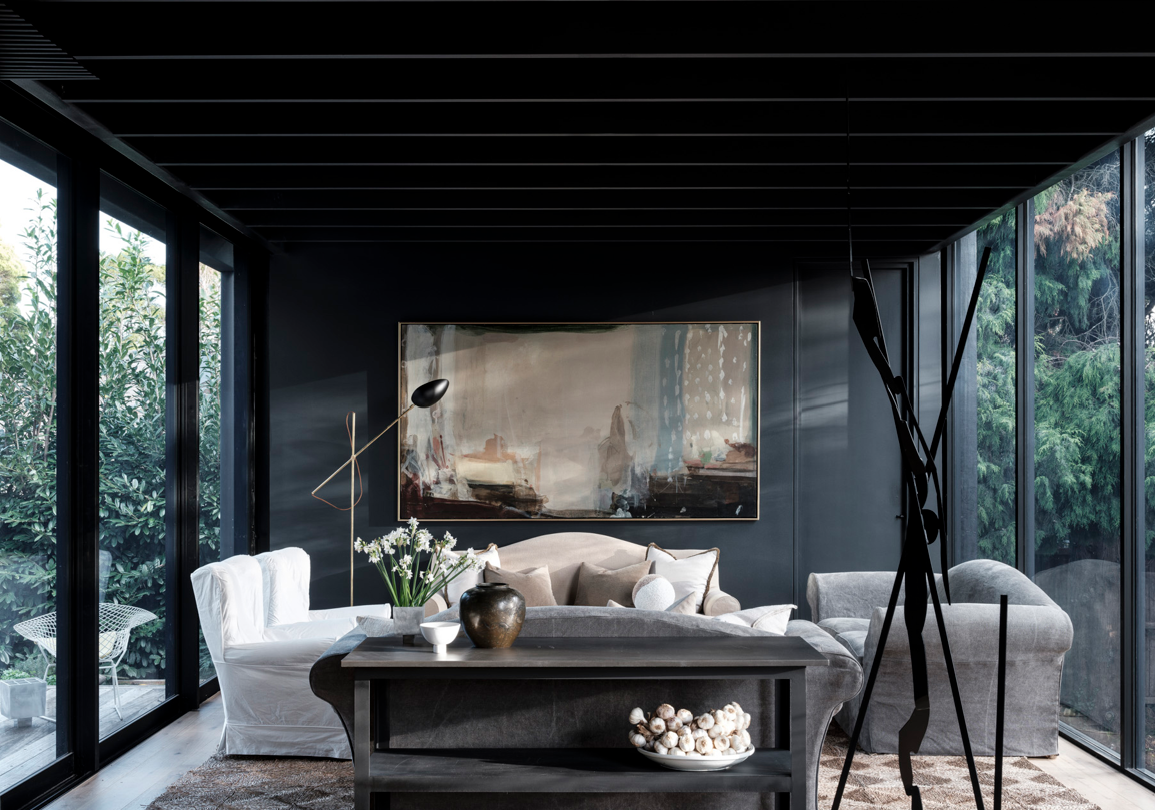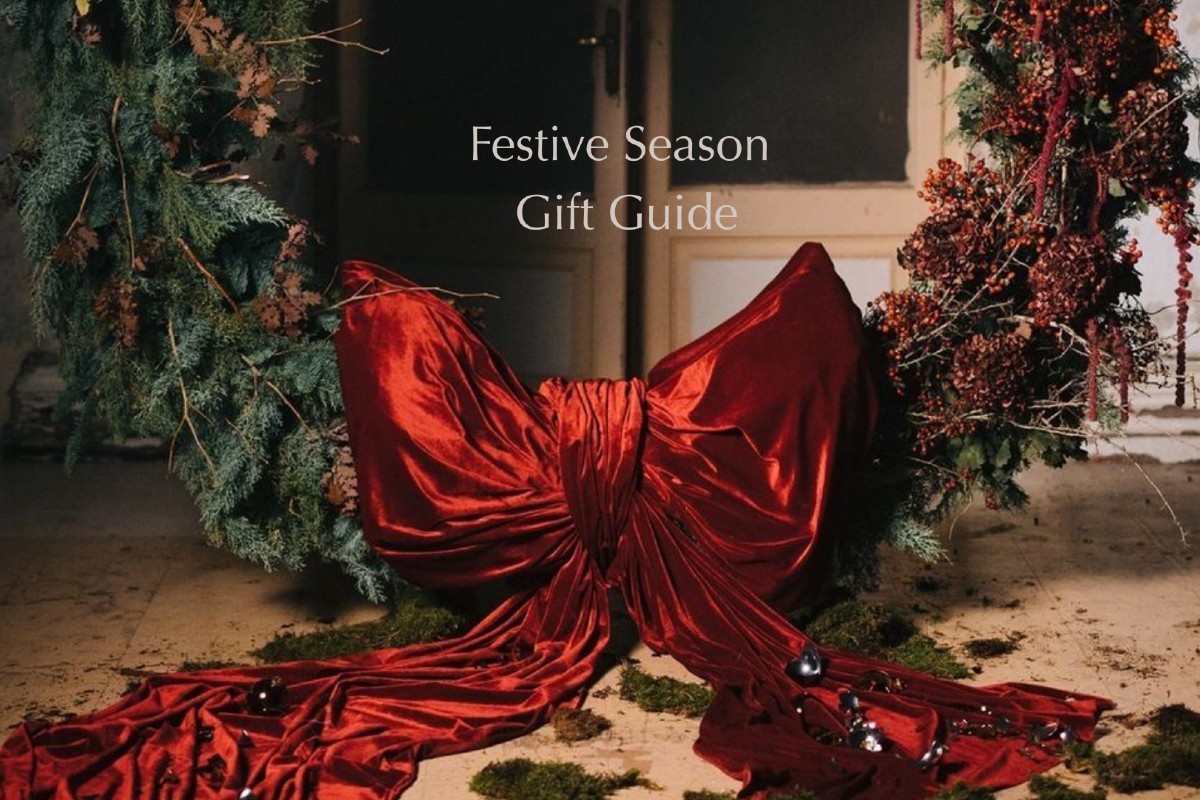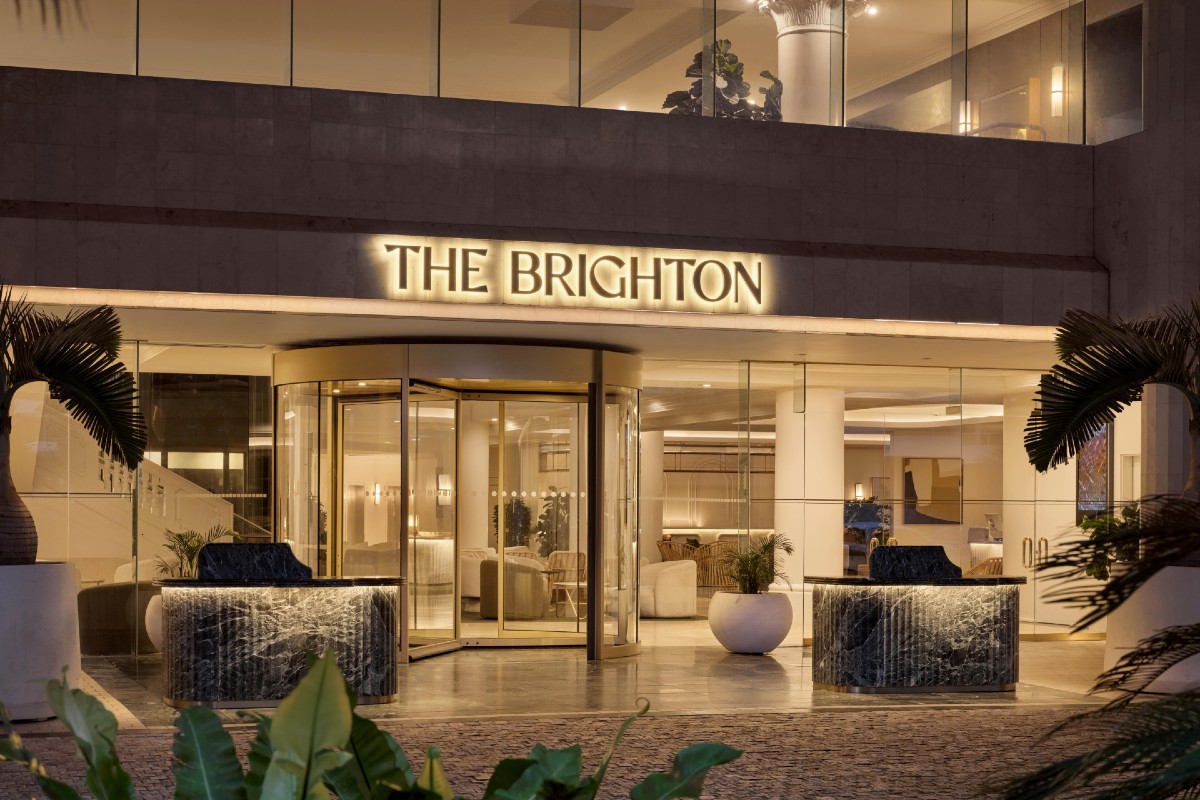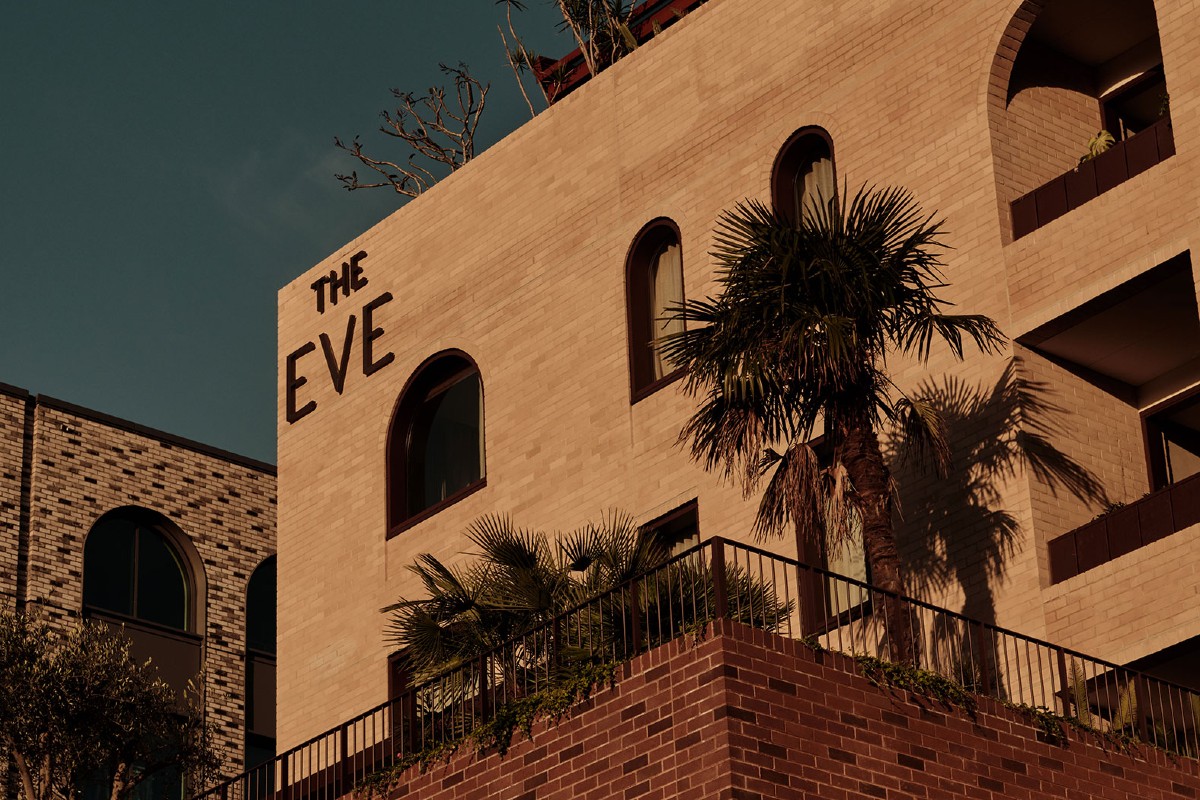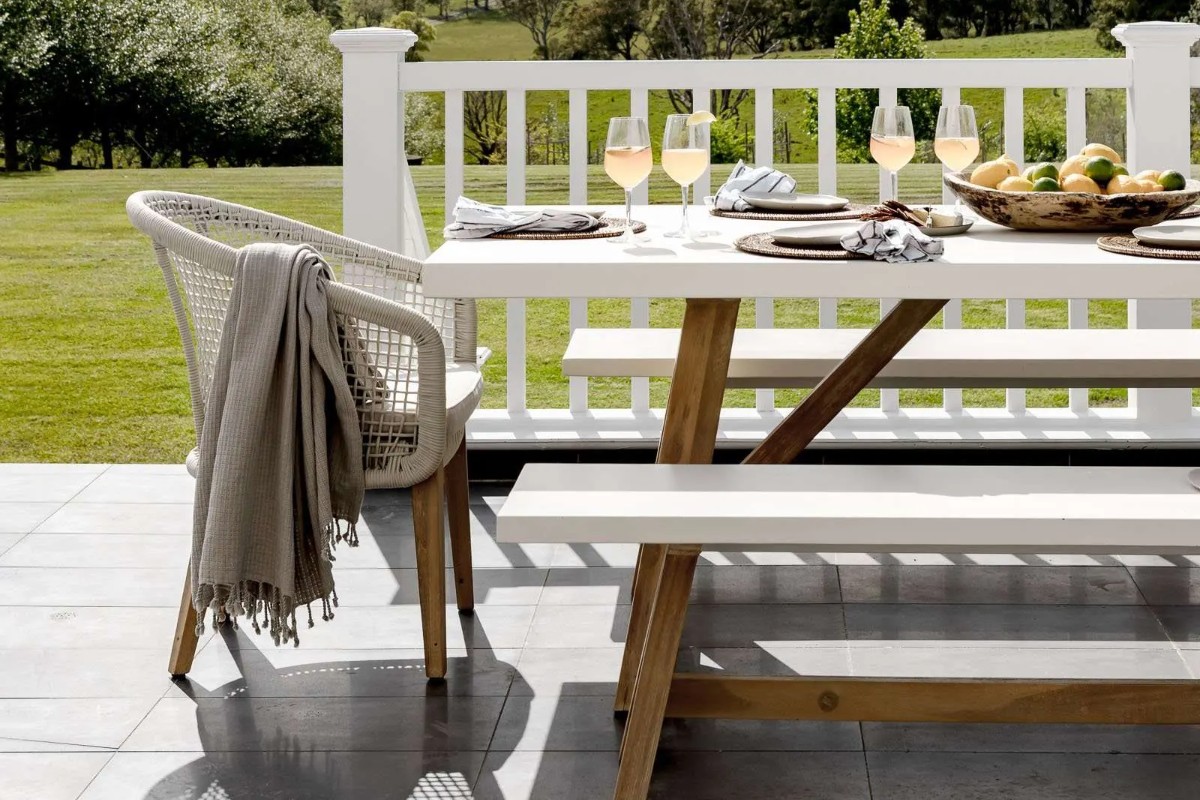Sitting on a small rise overlooking the Southern Highlands village of Moss Vale, it is impossible not to be curious about the life and history of Moss Manor. The owners of Moss Vale’s newest accommodation Moss Manor, Louella and Tony Grattan-Smith opened the luxurious and unique small art hotel in Moss Vale in August this year. The hotel is a Georgian-style manor developed in the 1890s originally as the mayor’s residence. The magnificent old building has been lovingly restored and renovated to give Moss Manor a truly unique and opulent aesthetic which is characterised by comfortable lounge areas with high glass walls opening onto stunning secret courtyards that are enclosed by a canopy of leafy trees giving dappled and everchanging light in all seasons.
The Hotel offers eight rooms, with 3 levels of accommodation that include 2 x premium king Moss Suite, 4 x queen-sized Garden Suite and 2 x queen Manor Suites. Or you can book the entire residence, including all eight rooms, the elegant shared spaces and garden for weekend getaways with close friends and family, your next leadership retreat, celebration or fabulous micro-wedding.
Based on the long standing friendship and shared passion for art, Moss Manor and Defiance Gallery Director Campbell Robertson-Swann have collaborated to showcase a remarkable collection of 55 modern Australian paintings from highly respected artists. The result brings an exciting and soulful sophistication to the interiors.
The art at Moss Manor is given its sense of place not only by the interiors and textiles but by the architecture itself. Behind the haughty Victorian-era Council Chambers building extends a jet-black pavilion containing a luxurious light-filled living space, overlooking the garden. Inspired in part by Glenn Murcutt’s Berowra Waters Inn, architect Luke Moloney saw Moss Manor as an opportunity for simple and interesting architecture bridging the gap between an historic building and a beautiful new garden. Large windows frame the foliage, the first sign of curated organic materiality that repeats in the art collection.
Hanging over the couch in the jet-black pavilion living room, spanning 130 x 240 cm, Peter Godwin’s Painter at Rest – Twilight Studio brings the colours and space of the sitting room to life. As the day turns to night, the hues of the sky reverberate within the framing of the architecture, the painting transforming into a multitude of depths. The mark-making revealing in subtle line work and brushstrokes, mirroring the presence of calm outside; the weeping cherry in the spring, or the light shimmering through the glass, lighting up the artwork.
The first artwork to be hung was a blackbird painting in the largest bedroom on the first floor by Peter Stevens — inviting a sense of ‘art and excitement’ into the hotel. Interestingly the humble nature of the artwork, a bird perched on a branch, vastly juxtaposes the room it lives within; a marble bathtub commands the room, a panel of mirror behind it catching the bird in a subtle gesture to the nature beyond the architecture.
Stevens’ works repeat throughout the hotel, offering a motif of sorts. But as do the opulent bathrooms. In one room, an all-black enclosed vault is turned into a shower and toilet; in another, marble continues in sinks and large tiles, brass finishes completing the aesthetics. Accompanying Moloney’s modern architecture Louella’s collection of vintage furniture and fabrics sits alongside contemporary art, all within the framing of the original council chamber grandeur.
Though the architecture offers grandeur and is appropriately dressed as such with rich fabrics draping over the windows and plush bedding piled high with luxurious textile, the materiality adorning the antique furniture and contemporary art follow the thinking of wabi-sabi, seeking out imperfection and the organic form akin to the treescape views.
Throughout the common areas, the artworks dictate this sense of organic narration; pops of art disturb the traditional Victorian building or modern pavilion. Joe Furlonger’s The Glass Mountains series of landscapes stretch out within the panelling, echoing the surrounding highlands and valleys with dusky purples and blues. Similarly, Furlonger’s Channel Country, Balonne River, employs a palette of browns, greens, and yellow hues, greeting guests as they depart towards the hotel’s bedrooms from the modern living space addition.
Some of the artworks appear so flawlessly in the space it is almost as though they were perfectly made for the hotel, such as Joe Furlonger’s Balonne hanging in the stairwell inserted in the historic panelling. Or Kyle Murrell’s copper-toned oil painting Incised in the pavilion juxtaposing the black steel yet harmonising with the landscape beyond. In one bedroom, David Collins’ Cycle purple tones mirror the rich, shimmering fabric adorning the windows.
Other artworks offer stark contrasts that pull the hotel from any clichéd notions of art in historic homes. Collins’ vivid green abstract oil painting Cycad Walk as one example, or Ann Thomson’s Adagio series — a set of three offering punchy pink, purple, and blue splats and drips on paper. And repeatedly, the building seems to play with the art — Collins’ Hot Burn coloured brushwork becoming the backdrop for the patterns in the antique glass windows.
The Moss Manor x Defiance Gallery collaboration reveals the magic in an art hotel, one where a luxury stay is complimented by a healthy dose of art at all points of the day. With architecturally designed regional galleries, Ngununggula and Bundanon, open nearby, Moss Manor is a classic stay for an art and design lover but also a welcome retreat into tranquillity for any visitor.
Quite simply Moss Manor, is a home where guests are welcomed and treated like valued friends and where beauty rests gently alongside modern traveller’s needs. To book your next Southern Highlands escape or leadership retreat, contact our Concierge team to take care off all the arrangements for the ultimate experience with your host Louella and her team.
Follow Moss Manor’s story on instagram.
